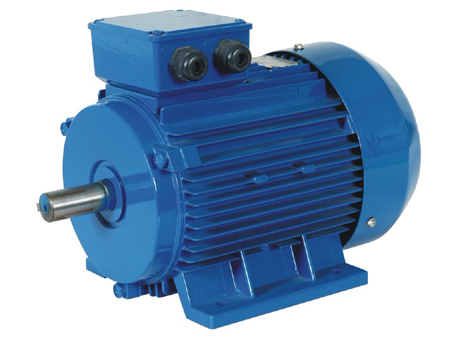Synchronous motors. A synchronous electric motor is one where the rotor normally rotates at the same velocity as the revolving field in the device. The stator is similar to that of an induction machine consisting of a cylindrical iron frame with windings, usually three-phase, positioned in slots around the internal periphery.
usually, synchronous motors are used for applications where precise 
The principle of operation of a synchronous engine could be understood by considering the stator windings to be linked to a three-phase alternating-current supply. The result of the stator current is certainly to determine a magnetic field rotating at 120 f/p Auto Chain revolutions each and every minute for a frequency of f hertz and for p poles. A primary current in a p-pole field winding on the rotor may also create a magnetic field rotating at rotor velocity. If the rotor swiftness is made equal to that of the stator field and there is absolutely no load torque, both of these magnetic fields will have a tendency to align with one another. As mechanical load is usually used, the rotor slips back a number of degrees with regards to the rotating field of the stator, developing torque and ongoing to be drawn around by this rotating field. The position between the fields improves as load torque is increased. The maximum available torque is attained when the angle where the rotor field lags the stator field can be 90°. Software of more load torque will stall the electric motor.
One advantage of the synchronous engine is certainly that the magnetic field of the device can be made by the immediate current in the field winding, to ensure that the stator windings need to provide just a power element of current in stage with the applied stator voltage-i.e., the motor can operate at unity power factor. This problem minimizes the losses and heating system in the stator windings.